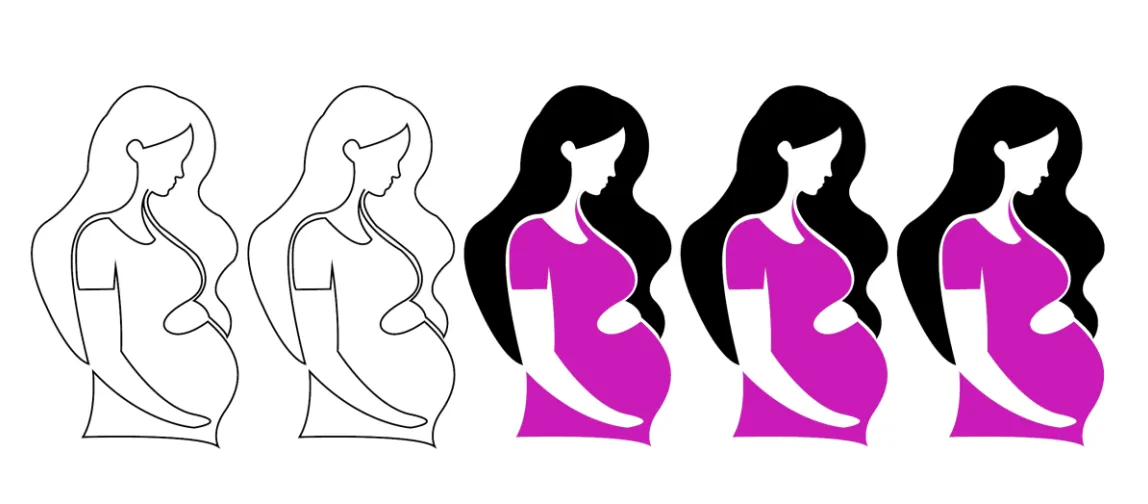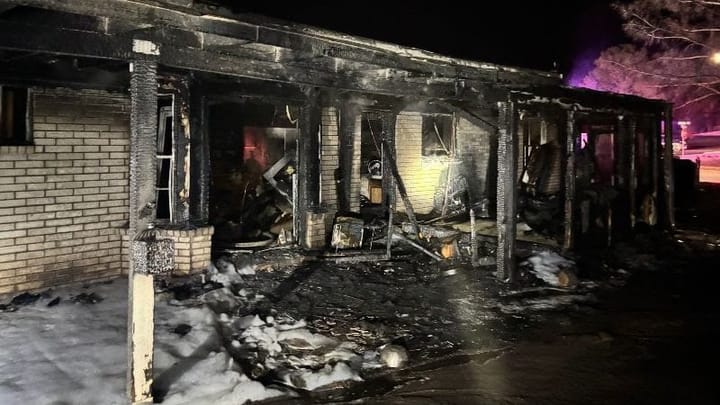New Mexico plagued by high maternal mortality rate
New Mexico is tied for one of the highest maternal mortality rates in the U.S., with overdose and suicide leading causes — experts say most deaths are preventable.

New Mexico’s maternal mortality rate remains among the nation’s highest — often linked to overdose, suicide and preventable complications — even as experts emphasize that most cases could be avoided
Heerea Rikhraj, New Mexico In Depth
This article was originally published by New Mexico In Depth.
Despite increased efforts in recent years by public officials, New Mexico grapples with high rates of maternal deaths during pregnancy or the year following birth.
The March of Dimes, a nonprofit organization that assesses states’ maternal care services, reported New Mexico’s maternal mortality rate was 28.0 per 100,000 births in 2023 — 1.5 times higher than the national rate.
In a report released last week, the New Mexico Maternal Mortality Review Committee sheds light on important factors interwoven with maternal deaths.
The new report focuses on data from 2015 to 2020, following a report issued in 2023 that studied previous years.
Mental health and substance abuse reappeared as leading causes of death, but the report also, for the first time, recorded discrimination as a likely factor in the high rates.
The committee started recording information about discrimination in 2018 to contextualize the experiences of those affected.
“Given the disparities for Black and Indigenous people across the country, we asked ‘What’s driving that?’ ” said Eirian Coronado, Title V Maternal Health Director at the New Mexico Department of Health.
Indigenous women in New Mexico are 1.5 times more likely to die when compared to non-Hispanic White women, according to the report, and are twice as likely to die compared to Hispanic women.
Black women and non-Hispanic White women trailed behind Indigenous women, having the second and third highest rates of death.
The team assessed medical records to determine if patients were denied maternal care services from providers. They also looked at a patient’s history to determine if gaps in care may have been a result of discrimination.
“There was a lot of national conversation about how to measure discrimination, and it was an effort to capture all of those different pieces,” said Coronado, underscoring that it was probably a factor in 48.1% of pregnancy-related deaths.
New Mexico classifies maternal deaths in two categories: pregnancy related and pregnancy associated. Pregnancy-related deaths occur either during or within a year of birth and are linked to a chain of events initiated by pregnancy. Pregnancy-associated deaths include all deaths that occur either during pregnancy or one year after birth regardless of whether pregnancy complications led to death.
The committee followed the Centers for Disease Control and Prevention guidelines, which tracks pregnancy-related and associated deaths a year after birth.
What’s notable is that over 47% of pregnancy-related deaths and 63.9% of pregnancy-associated ones occurred between 43 and 365 days of birth, typically past post-natal checkups from hospitals.
Coronado and her New Mexico DOH colleague Samuel Peinado noted these rates occurred prior to a Medicaid expanding in 2022 to include one year of coverage post birth, a recommendation the committee previously made.
“The need for Medicaid is greater nowadays, the need to increase it for care coordination,” said Pienado.
The leading means of death for both pregnancy-related and associated deaths was overdose. Suicide was the second most common for pregancy-related, and motor crash vehicles trailed behind overdose for pregancy-associated deaths.
And the report highlighted that single and divorced women made up three quarters of all women who experienced pregnancy-associated mortality. “The key question is ‘What’s behind that?’, said Coronado. “…because we don’t really know what it means yet.”
The north-western part of the state experienced the highest rate of deaths, with 126.3 per 100,000 for pregnancy-associated mortality. The northeastern region followed, with a ratio of 97.2 per 100,000.
Over 80% of deaths for both pregnancy-related and pregnancy-associated cases were determined to be preventable.
Pienado underscored the value of implementing some of the committee’s recommendations, like providers performing consistent screening for mental health and substance abuse after birth, expanding medicaid and training for midwives and doulas and including Indigenous communities in maternity care improvement.
Recommendations also include expanding Medicaid services for doulas, midwives, birthing centers, counselors and community health workers.
Heerea Rikhraj is a graduate of Columbia University Graduate School of Journalism who served as an editorial reporting fellow at New Mexico in Depth in 2023.



